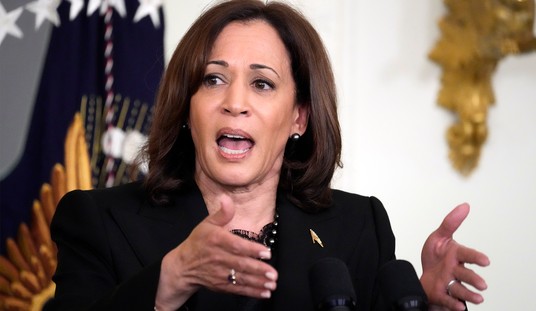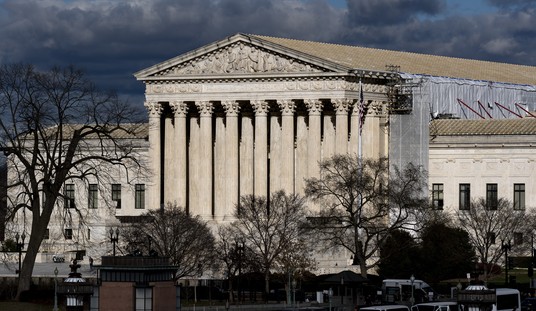
President Donald Trump arrives to speak at a campaign rally, Thursday, Aug. 15, 2019, in Manchester, N.H. (AP Photo/Patrick Semansky)
There would be rioting in the streets if President Trump lost the popular vote, tied in the electoral vote, and still won a second term. Although the chances of this scenario are remote, a recent poll has people talking.
A Quinnipiac poll released on Thursday shows Trump trailing all of the Democratic candidates in head-to-head matchups in the battleground states of Michigan and Pennsylvania. I am not predicting this will happen and frankly, I doubt this will happen. But for the sake of argument, let’s say those states actually wind up in the blue column. The result would be a 269-269 split in the Electoral College which, according to the rules of the Constitution, would send the decision to the House of Representatives elected in 2020. Let’s further assume the Democrats hold on to the House majority in November.
This possibility has Democrats salivating. It shouldn’t. Because unlike a vote on, say impeachment, “winning the presidency requires the support of a majority of state delegations — whereby each state votes as a unit to decide a winner.”
Rasmussen Reports‘ Kyle Kondik explains why, even though Democrats control the House, “it’s the Republicans that hold — and are likely to maintain — the advantage.” He writes:
The House elected in 2020 would pick the president, but in a way that benefits the Republicans, at least as the House is currently composed.
Each state U.S. House delegation gets to cast a single vote for president. That means that California’s House delegation, with 53 members (and a whopping 46-7 Democratic advantage), has the same power in the process as Wyoming, with its single Republican member. (The Senate would select the vice president, with each of the 100 members getting a vote.)
One would expect the members of a delegation’s majority party to support their party’s nominee, thus wielding control of the delegation’s vote in favor of their party. That doesn’t have to be the case — individual House members might decide to buck their party and tilt an overall state delegation to the other party — but let’s assume for the sake of argument that all House members would stick with their party affiliations in the presidential vote.
(Note: A more detailed explanation of this process is provided on the House of Representatives’ website.)
The Quinnipiac poll released on Thursday showed each Democratic candidate ahead of President Trump in Pennsylvania:
Biden: 50 – 42 percent
Klobuchar: 49 – 42 percent
Bloomberg: 48 – 42 percent
Sanders: 48 – 44 percent
Buttigieg: 47 – 43 percent
Warren : 47 – 44 percent
It showed each Democratic candidate ahead of Trump in Michigan:
Sanders: 48 – 43 percent
Bloomberg: 47 – 42 percent
Biden: 47 – 43 percent
Warren: 45 – 43 percent
Buttigieg: 45 – 44 percent
Klobuchar: 45 – 44 percent
The election is still over eight months away. And we all remember how wildly inaccurate the polls were in 2016. Quinnipiac polls overstated Clinton’s support even more than most.
For example, Quinnipiac predicted Clinton would win Pennsylvania by 5 points and Trump won by .75 point. I was unable to find a 2016 Quinnipiac poll for Michigan, however the Real Clear Politics average of polls showed Clinton winning by 3.6 points. Trump won the state by a razor thin margin of .25.
Quinnipiac showed Clinton ahead in Virginia by 12 points. She won by 5.5 points. They predicted Trump would win Ohio by 5 points and he actually won by 9.
I don’t put much stock in polls anyway, especially so far out.












Join the conversation as a VIP Member